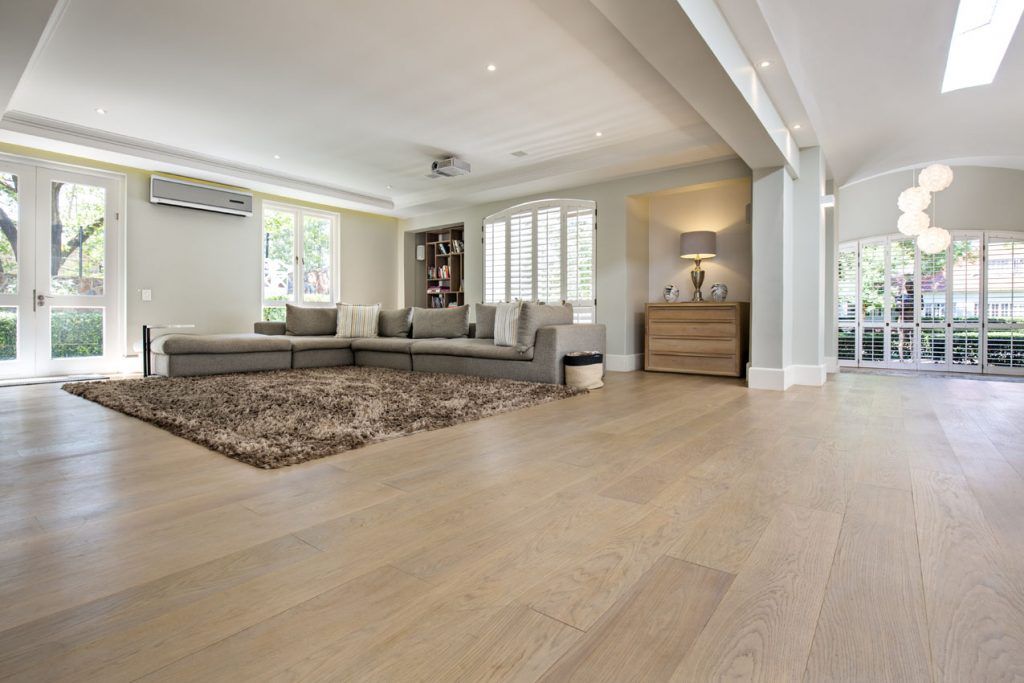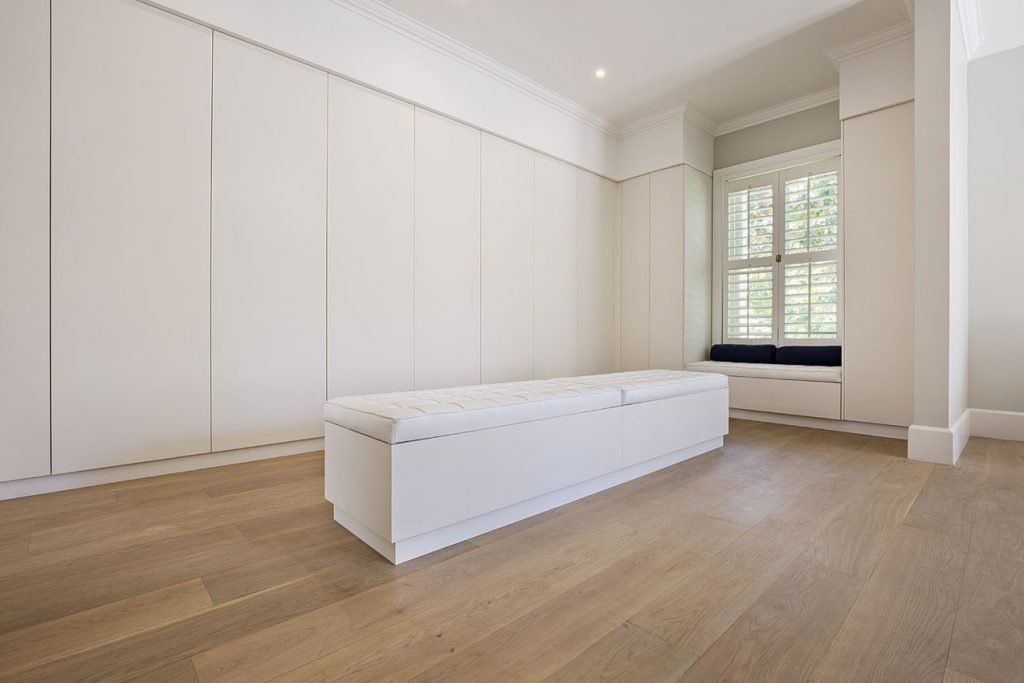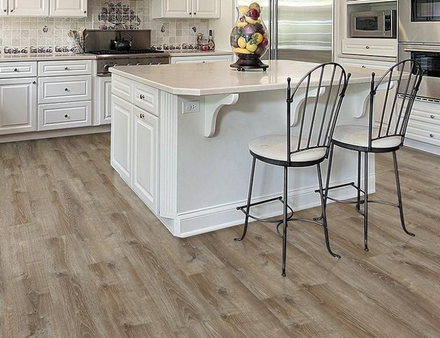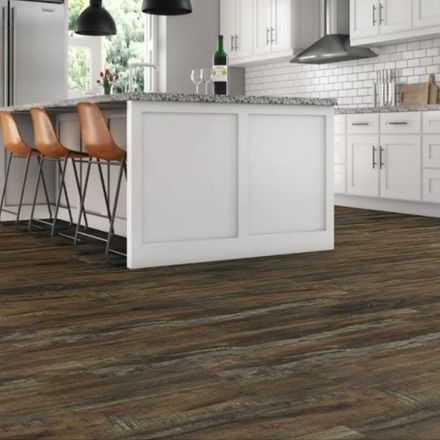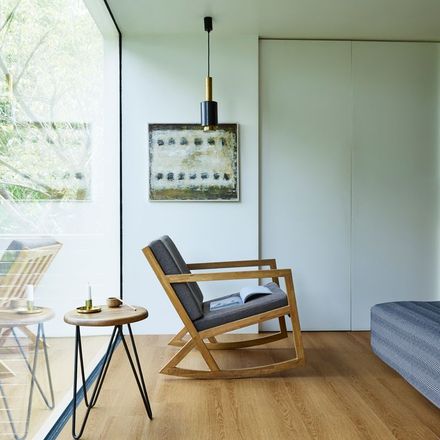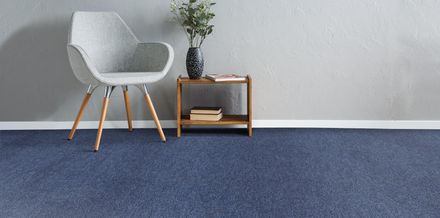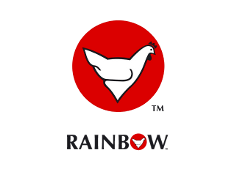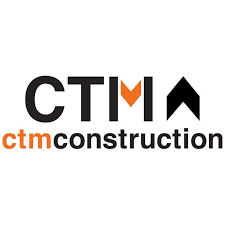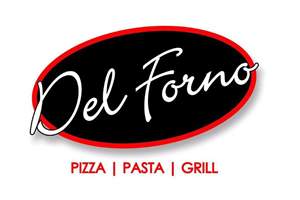By Digby Hutton
•
02 Aug, 2021
As durable, affordable and desirable as laminate floors can be, they do require a bit of maintenance to keep them looking their best. Proper cleaning will help to extend the life of your floors. Keep the surface dust-free to avoid scratches and premature wear, and prevent irreversible water damage by being especially cautious about spills and cleaning techniques. Take a look at the best cleansers and products to use when cleaning your laminate floors, and also learn more about what not to use. Dry Mop You’ll prevent scratches and surface damage on your laminate floors if you make it a practice to dry mop your floors; aim for a daily wipe down. Opt for a wide microfiber broom head that will collect and cling to the everyday dirt that gets tracked across your floor. Microfiber heads are reusable and can be washed over and over again. How to Make Your Own Mop Pads 01:15 Skip the refills and make these easy no-sew mop pads instead. Dry mopping is beneficial in two ways: By capturing debris (such as dirt and dust brought in by shoes and paws) before you wash your floors, you’ll reduce the chances of that same dirt grinding into the surface of the laminate with continued foot traffic. Dry mopping is also a necessary step before any deeper spot cleaning, because if left in place, those dirt particles could act like sandpaper between your rags and the laminate surface. Vacuum For hard-to-reach areas or speedy daily maintenance, turn to a vacuum that can help keep dust and dirt off the floor surface, out of corners and out from under furnishings. Many vacuum products come with attachments that are especially helpful for cleaning hard surfaces like a laminate floor, such as a microfiber pad that connects directly behind the vacuum head to capture dust and any particles missed by the suction of the vacuum itself. Robotic vacuums are also great on laminate surfaces and can take a lot of the pressure off manual cleaning. Gentle Cleansers Use a gentle cleanser to spot-clean visibly dirty areas, and always follow up by wiping the area with a dry, absorbent cloth. One simple cleaner that works well with laminate is: 1 part rubbing alcohol + 3 parts water + a squirt of dish soap, applied using a lightly dampened cloth. If you must wash the entire floor, it's best to do this process by hand with a lightly dampened cloth with cleanser, and as you scrub the surface, follow up immediately with a dry, absorbent cloth to prevent water from settling into the gaps between the pieces of laminate. Preventing water damage is the most important part of maintaining laminate floors. What to Avoid When Cleaning Laminate There are plenty of no-nos to consider when it comes to cleaning laminate floors, so follow these tips to avoid damaging the surface or the layers of the flooring. Do not use steam cleaners. The heat and moisture will affect the glued layers and result in water damage over time. Do not soak the floors with a drippy mop. Bristle brooms have a tendency to leave behind particles that can contribute to surface wear; it's best to stick with a soft microfiber dry mop. Avoid products that promote a shine. The waxy buildup can be difficult to remove. Do not use wood cleansers, like Murphy Oil Soap. It will leave residue on the surface and look streaky. Avoid abrasive scrubbers, like scratchy sponges or steel wool. Even baking soda, when applied and rubbed aggressively, may damage laminate floors. Vinegar, though a popular ingredient in homemade cleansers, is highly acidic and can break down the surface of the laminate when used in high concentrations over time.
